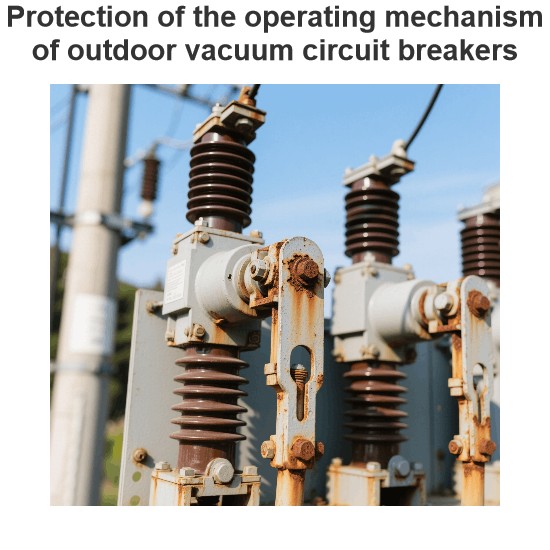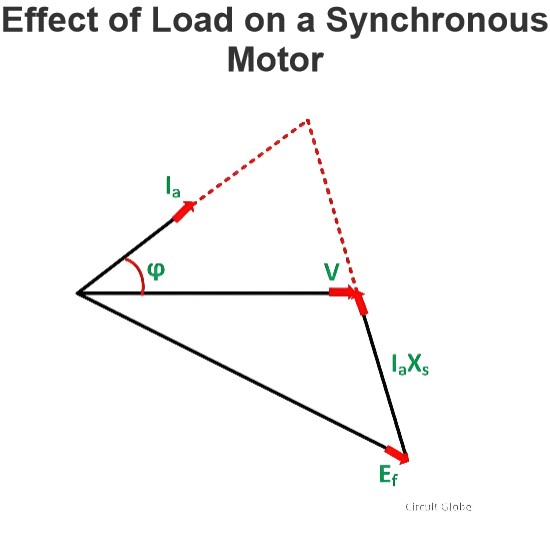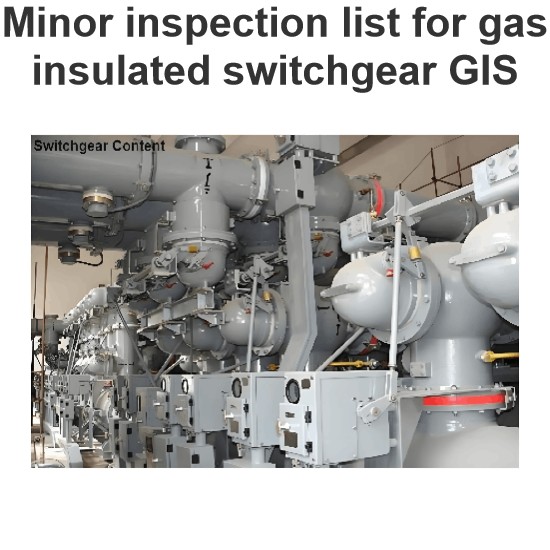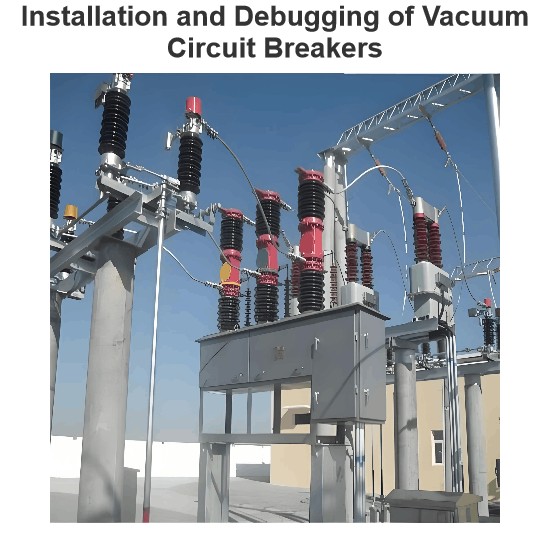| Brand | Wone |
| Model NO. | Stacked ESS |
| Rated Output Rating | 5kW |
| Energy storage capacity | 25.6kWh |
| Cell quality | Class A |
| Series | Residential energy storage |
Stacked ESS
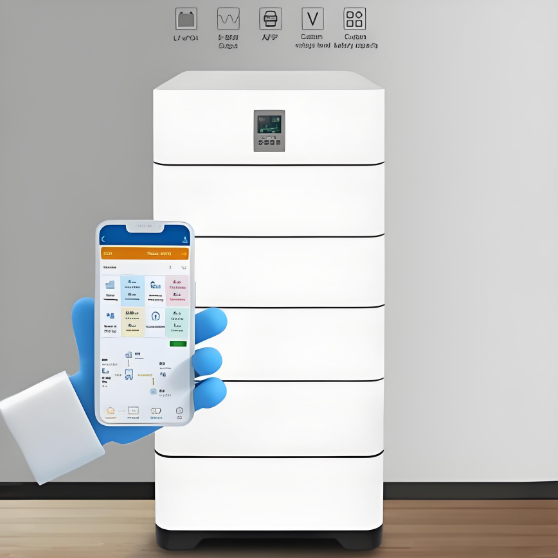
Peculiarity:
Custom stacking capacity, integrated installation free.
Battery pack is replaceable, can be adapted to a variety of batteries, for different batteries to achieve different charging and discharging strategies.
Energy scheduling can be regulated, users can change the charge and discharge according to the power consumption policy of different periods in the region; Low logical O&M cost.
Support battery pack voltage, capacity customization, to meet different use environment
Mature technology, long cycle life, high safety performance.
Modular design, high power density, easy maintenance.
Technical parameter:
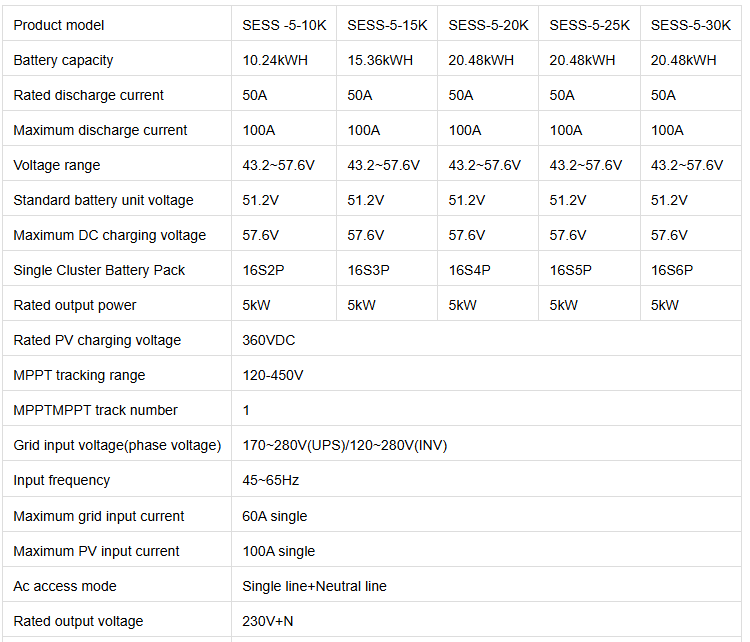
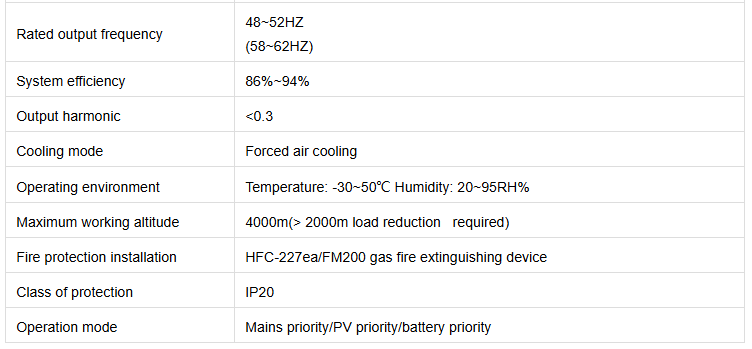
Note:
The A-class cell can charge and discharge 6000 times, and the B-class cell can charge and discharge 3000 times, and the default discharge ratio is 0.5C.
Class A cell warranty 60 months, Class B cell warranty 30 months.
How to ensure that the voltage and capacity of each battery cell are consistent in ESS?
The role of the Battery Management System (BMS).
Real-time monitoring:The BMS monitors parameters such as voltage, current, and temperature of each battery cell in real time through sensors to ensure the health status of each cell.
Equalization management:The equalization circuit (Balancing Circuit) in the BMS is used to adjust the voltage differences between each battery cell. When a cell voltage is detected to be lower than the set value, the equalization circuit will perform voltage compensation in a passive or active way to make the voltages of all cells tend to be consistent.
Equalization strategies.
Passive balancing:Excess charge is dissipated through resistors connected in parallel to the battery cells, thereby making the voltges of each cell tend to be consistent.
The disadvantage is that it can only work during the battery charging process and has a large energy loss.
Active balancing:Using a bidirectional converter or a dedicated equalization chip to transfer charge between battery cells to achieve energy transfer, thereby making the voltages of each cell consistent.
The advantage is that it can be adjusted bidirectionally. It can equalize during charging and discharging, and has low energy loss.
